#Goujian
Explore tagged Tumblr posts
Text
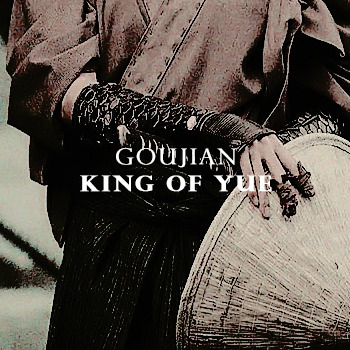

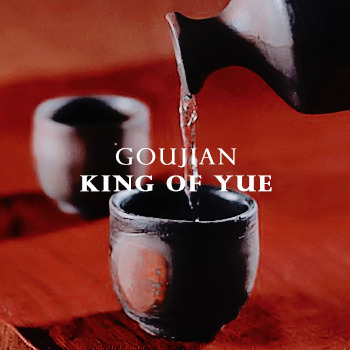
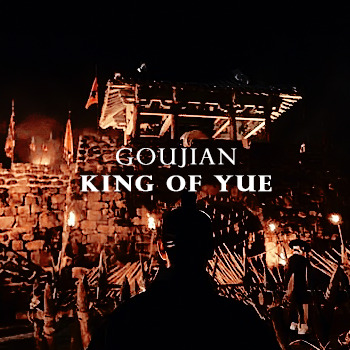
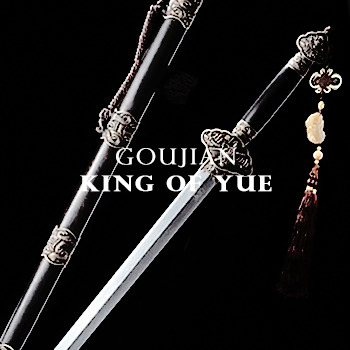
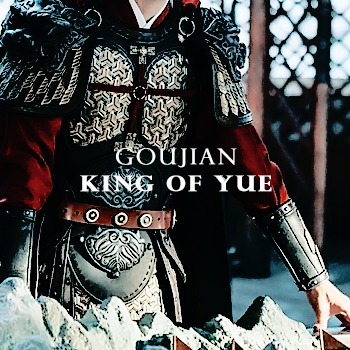
GouJian, the former crown prince of Yue, faced a profound turning point when his kingdom's defeat in the war against the kingdom of Ng led to his father's death and GouJian's captivity. Thrown into the abyss of enslavement, GouJian's proud and arrogant spirit suffered unimaginable humiliation. Yet, from the ashes of his shattered pride, a relentless desire for revenge took hold, fuelling his determination to annihilate the Kingdom of Ng. However, amidst his fervour, an unforeseen twist of fate intertwined his path with that of FuChai, the new ruler of Ng, birthing a forbidden love that defied the boundaries of their warring nations.
#King GouJian of Yue#GouJian#Ahjiu#my vow to my liege#otome game#otome romance#gamingedit#*#mine#my edit#visual novel#game aesthetic#my vow to my liege edit
24 notes
·
View notes
Text
My Vow To My Liege
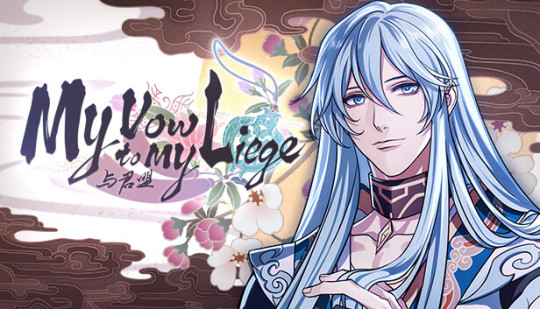
During the Spring and Autumn Period (approximately between 771 - 476BC), wars were endless as the Liege of a certain nation struggled for hegemony. The Kingdom of Ng emerged victorious over their old enemy, the Kingdom of Yue. However, the victory came at a great cost as King HéLǘ of Ng sustained fatal injuries. He passed the throne to the new king, a girl named 'FuChai'.
She is forced to live a lie to fulfil the secret and long-standing wish of her ancestors, breaking their sacred vow with the Dragon God. A reprieve suddenly appears amid countless bloody battles to seal the Dragon God. Amid the chaos, who will sacrifice their life loyally and who will plot a scheme of betrayal? Will they choose the man over the country? Love over hate? Who will they ultimately end up with?
CHARACTERS
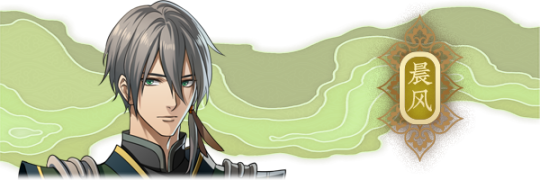
Chen Feng was orphaned on a battlefield and taken in by HéLǘ to be FuChai's playmate. He studied under Mr Sun Wu to become FuChai's most loyal and dependable bodyguard. He is a calm and unapproachable man who speaks very little.
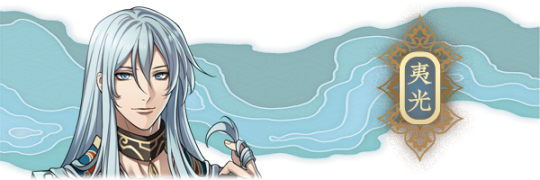
Shi YiGuang is a citizen of Ng and the upcoming leader of the Shi Clan, which is the most magically powerful clan in the Kingdom of Ng and Yue. He is also nicknamed XiShi. As a child, he played with FuChai. He escaped secretly to ZhuLuo Village in the Kingdom of Yue to avoid being sacrificed at the Sword Pond. XiShi has exceptional medical skills and is known for his gentle and kind nature.
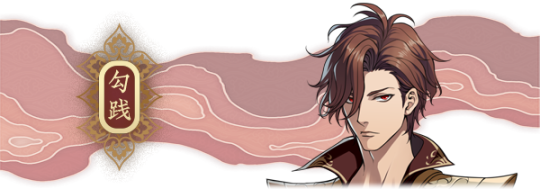
GouJian, the king of Yue, surrendered himself to Ng after losing the war and became a slave guarding HéLǘ's mausoleum. Despite his pride and arrogance, he suffered terrible humiliation as a slave. Despite his pride and arrogance, he suffered terrible humiliation as a slave, which only fueled his determination to take revenge on Ng by exterminating the whole country. However, he inadvertently becomes friends with FuChai.
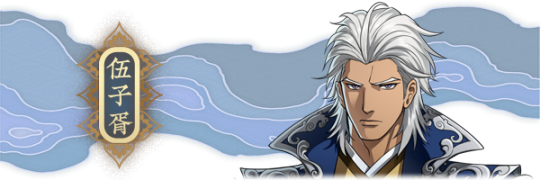
Wu ZiXu hailed from the Kingdom of Chu. As a young boy, the King of Chu executed his family and clansmen, causing his hair to turn white overnight. He was brought up by HéLǘ and his sole purpose in life is to assist FuChai in breaking the sacred vow with the Dragon God. Wu ZiXu is a highly cautious yet dependable individual.
NOTE: As the developer has only allowed streaming/walkthrough for the prologue and first 10 chapters, I will respect their decision. I will not post any CGs, and the following is the walkthrough/story for the prologue and first 10 chapters.
youtube
#my vow to my liege#otome#visual novel#FuChai#King of Ng#XiShi#Kingdom of Yue#Dragon God#Shi YiGuang#GouJian#Wu ZiXu#Chen Feng#love#dating#romance#historical work#Youtube
3 notes
·
View notes
Text
This drama is all court politics and very few character moments
So the character moments we do get are absolutely precious and Bo Pi may be a schemer but seeing him dote on Fuchai like a father is just too cute 😭
#the great revival#Fuchai’s reaction to the rare gift he brought was just the best moment in this whole drama#he was so excited! and all ‘don’t tell the prime minister’#and then the guards ruined it :(#and then Bo Pi struck again with comfort food 🥺#I really like the parallel of the two kings and their two advisors#all 4 advisors are brilliant and should be listened to#but it’s interesting how Goujian took the throne against the wishes of the old guard and recruited 2 smart men#and has a (mostly) harmonious relationship with them#meanwhile Fuchai was chosen by the old guard against the wishes of everyone else#but they don’t get along as well… you get the sense that Fuchai does have good qualities#and could be an effective king if allowed to act on his initiatives#but the advisors have their own plans and he seems a bit intimidated by them#and the friction is actively detrimental to the future of the state
1 note
·
View note
Text
the sword of goujian fucks me up. it was underwater for 2000+ years and it’s still sharp. that’s the kind of sword you’re supposed to use to defeat an ancient evil
703 notes
·
View notes
Text
[Hanfu · 漢服]Chinese Late Warring States period(475–221 BC) Traditional Clothing Hanfu Based On Based On Chu (state)Historical Artifacts
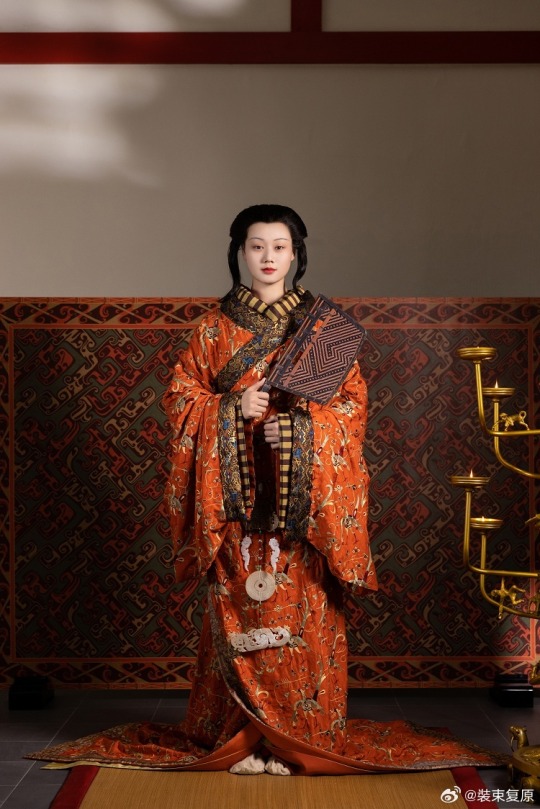
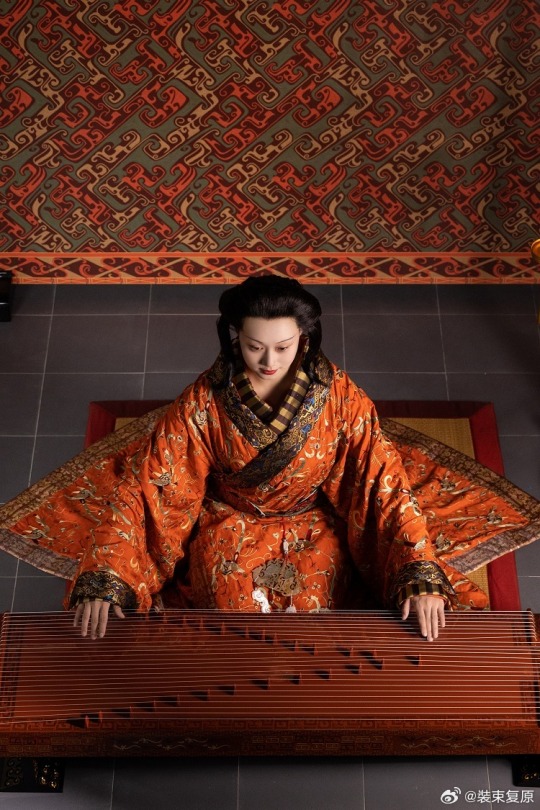
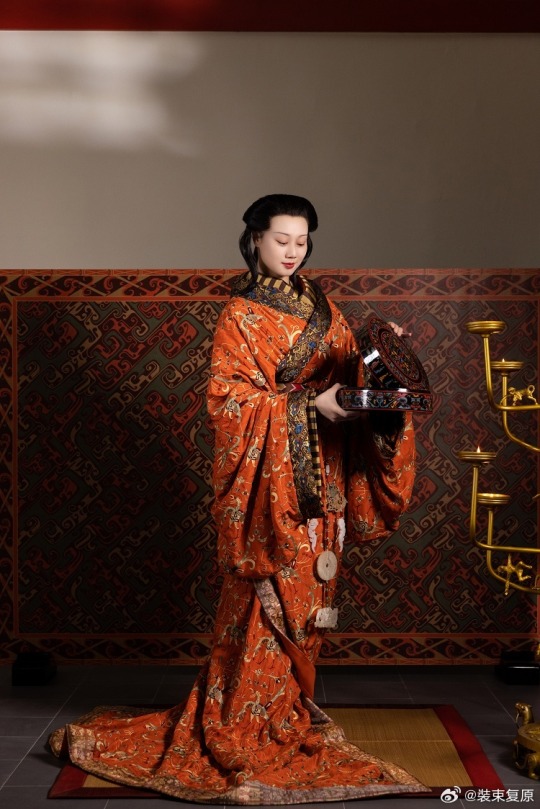
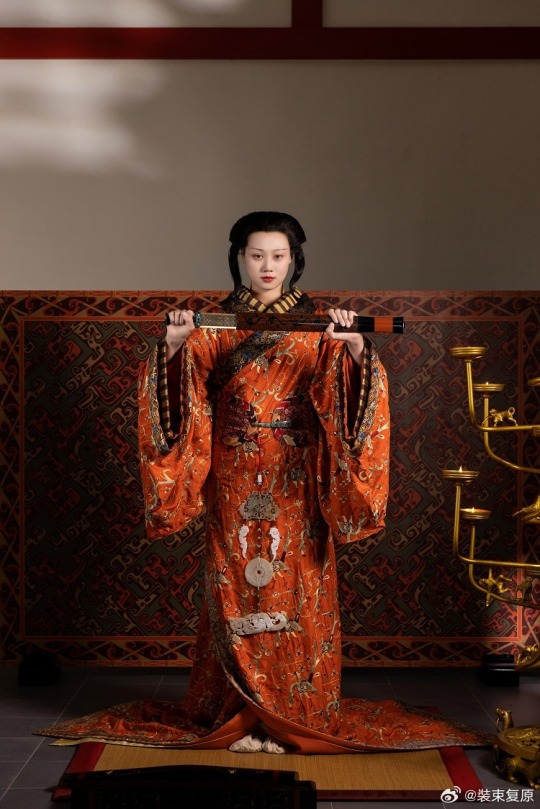

【Historical Artifact Reference】:
Late Warring States period(475–221 BC):Two conjoined jade dancers unearthed from Jincun, Luoyang,collected by Freer Museum of Art

A similar jade dancer was also unearthed from the tomb of Haihunhou, the richest royal family member in the Han Dynasty, and was one of his treasures.
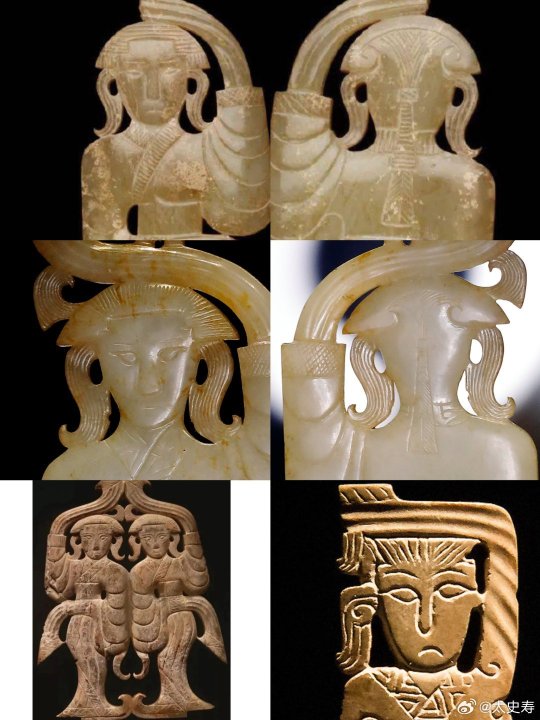
Warring States period, Eastern Zhou dynasty, 475-221 BCE,jade dancer by Freer Gallery of Art Collection.
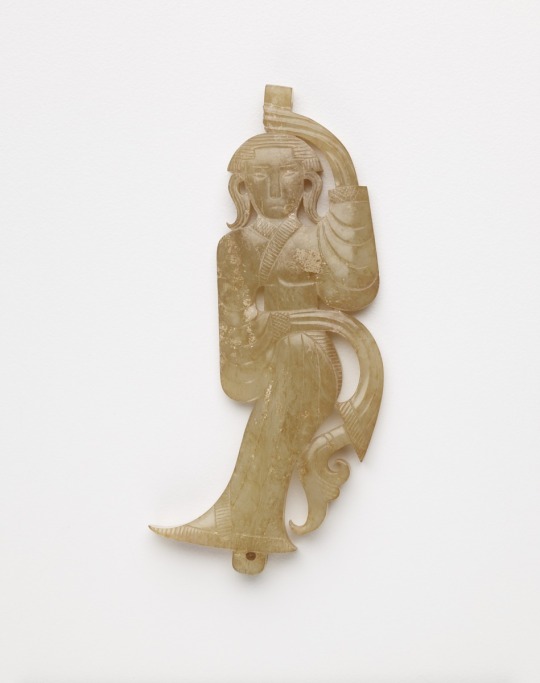
Warring States period(475–221 BC)·Silver Head Figurine Bronze Lamp.Unearthed from the Wangcuo Tomb in Zhongshan state during the Warring States Period and collected by the Hebei Provincial Institute of Cultural Relics and Archaeology
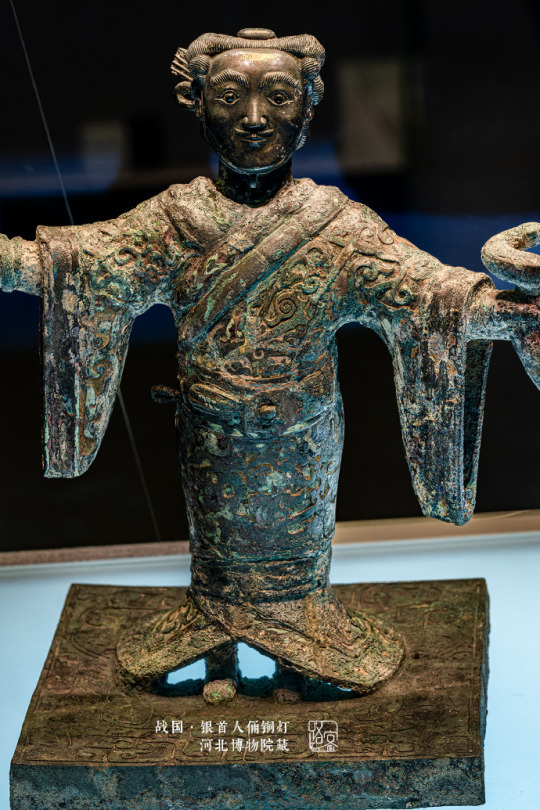


The figurine of a man dressed as a woman holds a snake in his hand, and 3 snakes correspond to 3 lamps.
Sword of Goujian/越王勾践剑:
The Sword of Goujian (Chinese: 越王勾践剑; pinyin: Yuèwáng Gōujiàn jiàn) is a tin bronze sword, renowned for its unusual sharpness, intricate design and resistance to tarnish rarely seen in artifacts of similar age. The sword is generally attributed to Goujian, one of the last kings of Yue during the Spring and Autumn period.
In 1965, the sword was found in an ancient tomb in Hubei. It is currently in the possession of the Hubei Provincial Museum.

【Histoty Note】Late Warring States Period·Noble Women Fashion
The attire of noblewomen in the late Warring States period, as reconstructed in this collection, is based on a comprehensive examination of garments and textiles unearthed from the Chu Tomb No. 1 at Mashan, Jiangling, as well as other artifacts from the same period.
During the late Warring States period, both noble men and women favored wearing robes that were connected from top to bottom. These garments were predominantly made of gauze, silk, brocade, and satin, with silk edging. From the Chu Tomb No. 1 at Mashan, there were discoveries of robes entirely embroidered or embroidered fragments. The embroidery technique employed was known as "locked stitches," which gave the patterns a three-dimensional, lively appearance, rich in decoration.
The two reconstructed robes in this collection consist of an inner robe made of plain silk with striped silk edging, and an outer robe made of brocade, embroidered with phoenixes and floral patterns, with embroidered satin edging. Following the structural design of clothing found in the Mashan Chu Tomb, rectangular fabric pieces were inserted at the junction of the main body, sleeves, and lower garment of the robe. Additionally, an overlap was made at the front of the main body and the lower garment to enlarge the internal space for better wrapping around the body curves. Furthermore, the waistline of the lower garment was not horizontal but inclined upward at an angle, allowing the lower hem to naturally overlap, forming an "enter" shape, facilitating movement.
The layered edging of the collars and sleeves of both inner and outer robes creates a sense of rhythm, with the two types of brocade patterns complementing each other, resulting in a harmonious effect. Apart from the robes, a wide brocade belt was worn around the waist, fastened with jade buckle hooks, and adorned with jade pendants, presenting an elegant and noble figure.
The reconstructed hairstyle draws inspiration from artifacts such as the jade dancer from the late Warring States period unearthed at the Marquis of Haihun Tomb in Nanchang, and the jade dancer from the Warring States period unearthed at Jin Village in Luoyang. It features a fan-shaped voluminous hairdo on the crown, with curled hair falling on both sides, and braided hair gathered at the back. The Book of Songs, "Xiao Ya: Duren Shi," vividly depicts the flowing curls of noblewomen during that period. Their images of curly-haired figures in long robes were also depicted in jade artifacts and other relics, becoming emblematic artistic representations.
The maturity and richness of clothing art in the late Warring States period were unparalleled in contemporary world civilizations, far beyond imagination. It witnessed the transition of Chinese civilization into the Middle Ages. The creatively styled garments and intricate fabric patterns from the Warring States period carry the unique essence, mysterious imagination, and ultimate romanticism of that era, serving as an endless source of artistic inspiration.
--------
Recreation Work by : @裝束复原
Weibo 🔗:https://weibo.com/1656910125/O6cUMBa1j
--------
#chinese hanfu#Late Warring States Period#Warring States period(475–221 BC)#hanfu#hanfu accessories#chinese traditional clothing#hanfu_challenge#chinese#china#historical#historical fashion#chinese history#china history#漢服#汉服#中華風#裝束复原
282 notes
·
View notes
Text

The "Goujian Sword". Chinese... 2,500 years old... bronze and found with no tarnish and an edge made of a type of metal that wasn't discovered by "modern metallurgists" until about 1937. There are a number of videos about this sword on YouTube.
224 notes
·
View notes
Note
So in fiction, I've seen a lot of royalty have their own special and personalized swords. Was that a common thing in real life? I don't seem to recall a lot of cases but I could be wrong.
And was blacksmithing a poor profession? Because if a royal did want a personalized sword, who would they turn to for the task?
Yes, there are some cases of historical monarchs and figures having notable swords made for themselves. You have Joyeuse the sword of Charlemagne, the Sword of Goujian, the Honjo Masamune, El Cid's Tizona and Colada, Curtana the ceremonial sword of English Monarchs, Kusanagi-no-Tsurugi, Bolívar's sword.
Not at all. The blacksmith was a highly valued member of society, so much do that many of them were prevented from military service.
A royal would turn to their own personal blacksmith or hire a bladesmith to forge it.
29 notes
·
View notes
Text
the thing is you get some really cool numbers like

Beautiful. Splendid. Talented as hell too.
And then you get:

*sung to the tune of Teenage Ninja Mutant Turtles* Superior Highly Composite Number!
And:

gross great great gross <- My 4 evil advisors' varying responses to my plans of tasting my enemy/captor's shit to diagnose his illness and win his trust

Head in hands, full on sobbing "...that fucking number is probably happier than I am. Probably more centred and triangular than I will ever be *sob*"
16 notes
·
View notes
Text
Chinese language wikipedia show me the forbidden jing ke lore

YEAHHHH
Jing Ke liked reading and swordsplay, he once lobbied Wei Yuanjun, but was not employed. Later, he traveled around and met many celebrities and heroes. Once, he and Gai Nie were discussing swordsmanship in Yuci. They had a disagreement, Gai Nie looked at him angrily, and the two parted on bad terms. He argued with Lu Goujian in Handan. Lu Goujian rebuked him angrily and Jing Ke left without a word.
He (jing ke) went to the Yan State and became friends with the local dog butcher and Gao Jianli, who was good at playing the jizhu, the two of them became very close. Jing Ke loved to drink, and he and Gao Jianli drank in the market every day. When they were drunk, Gao Jianli would play, and Jing Ke sang, then he would start crying, thinking he had no confidant in the world.
my favourite itinerant, argumentative drunkard.
while writing ode to grief, i was like "gao jianli srs what do you SEE in ying zheng this guy isn't just a mess, he's a whole construction project. personality-wise he's a condemned house built on a fault line with black mold, asbestos, and shitty particleboard walls." after reading this im like "nvm that's just what he's into"
19 notes
·
View notes
Text
❀ | chira's otome walkthrough m. list | ❀



⟡ Sasuke Sarutobi ⟡ Hideyoshi Toyotomi ⟡ Ieyasu Tokugawa ⟡ Yukimura Sanada


⟡ Napoleon Bonaparte ⟡ Comte de Saint-Germain ⟡ Jean d'Arc ⟡ Isaac Newton ⟡ Vlad


⟡ Luka Clemence ⟡ Sirius Oswald ⟡ Fenrir Godspeed ⟡ Jonah Clemence ⟡ Harr Silver ⟡ Lancelot Kingsley


⟡ Yves Kloss ⟡ Licht Klein ⟡ Keith Howell ⟡ Silvio Ricci ⟡ Clavis Lelouch ⟡ Chevalier Michel


⟡ Liam Evans ⟡ Harrison Gray ⟡ Elbert Greetia ⟡ William Rex


⟡ Asra ⟡ Julian ⟡ Muriel ⟡ Lucio


⟡ ChenFeng ⟡ Zu WiXu ⟡ Shi YiGuang ⟡ Si GouJian


#chinchira-sama#chira#chira's night in#masterlist#walkthrough#guide#otome#ikemen#cybird#ikemen villains#ikemen prince#ikemen series#ikemen revolution#ikemen vampire#ikemen sengoku#ikesen#ikevamp#ikerev#ikepri#ikevil#the arcana#my vow to my liege
9 notes
·
View notes
Text
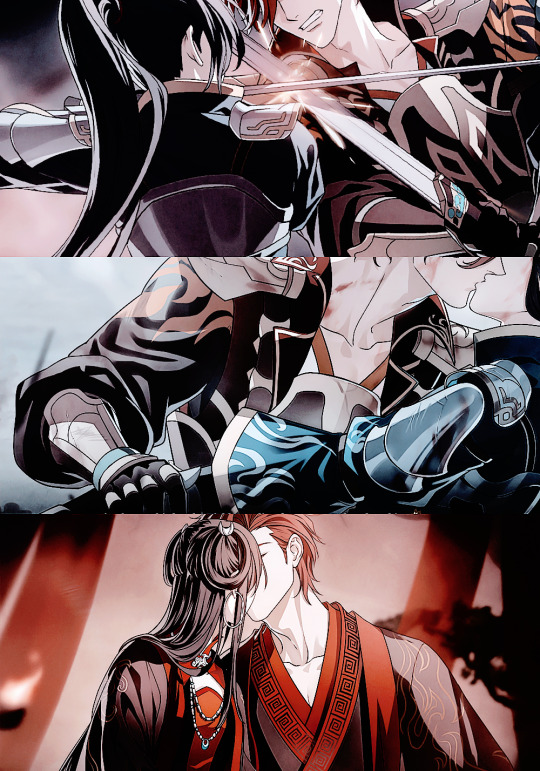
This time, and this time only, will I admit to myself how ardently I love this person in front of me - that my heart will beat for him always.
#GouJian#TengYu#AhYu x AhJiu#King GouJian of Yue#Princess TengYu of Ng#King FuChai of Ng#Ahjiu#Ahyu#my vow to my liege#faceless edit#otome game#anime#animeedit#otome romance#gamingedit#*#mine#my edit#otome#otoge#my vow to my liege edit#this game destroyed me#it is always the red one that makes my heart ache
19 notes
·
View notes
Text
The sword of the day is the jian.

The jian is a straight, one-handed and double edged sword from China, used for a very long time. One of the earliest examples is the Sword of Goujian, dates from the 7th century BCE, and it is one of a handful of weapon designs that survived the switch from bronze to steel, which speaks well of its usefulness. Most examples are relatively short and light swords, suitable for one-handed use, though longer two-handed variants do exist. Of the four major weapons used in Chinese martial arts, the jian is considered the most elegant and refined; it is called “the gentleman of weapons” in Chinese folklore.
54 notes
·
View notes
Text

~ "The Sword of Goujian, over 2,000 years old, was unearthed in 1965 near Jiangling, China, astonishing archaeologists with its pristine condition. Despite centuries in a damp tomb, the blade was completely rust-free and remained razor-sharp. Believed to have belonged to King Goujian of Yue, this remarkable weapon features intricate inscriptions and masterful craftsmanship that continue to puzzle experts, cementing its place as one of the most enigmatic relics of ancient China." ~
2 notes
·
View notes
Text
It took Fuchai one episode to start causing headaches for his ministers
Good for him!
#you can just see Wu Zixu regretting everything#the great revival#meanwhile Goujian has been causing problems on purpose since day 1
0 notes
Text
So.. A song to drown rivers is a sad ending book…
Why do I feel like xishi deserved that end ? Cause apparently my heart was tearing apart for Fuchai.
He was a character who just wanted pure love and his surroundings caused him to be the man he grew up to be.
And so goes for Fanli, despite knowing the consequences and Goujian’s intentions, he decided to go along with it all for the sake of better. He not only put sacrificed himself but he also sacrificed poor Xishi and Zhengdan.
In conclusion, it was unlike any stories I’ve read till now but saying it was one of the best would also be lying.
(Ps: my default mechanism is comparing every historical book with a fantasy novel or to be precise with Thorne of glass series as it was one of the best works I’ve read till now in my opinion and comparing the terms of prediction and thrill in both books makes me feel that Ann inserted the element of death to give it a uniqueness it lacked all throughout)
#ann liang#a song to drown rivers#if you could see the sun#this time it’s real#i hope this doesn't find you
6 notes
·
View notes
Text
忘川风华录 Cheat Sheet - PRE-QIN
Character list for the music project/game Wang Chuan Feng Hua Lu
Created solely for my own convenience
All images etc taken from the game's official website
Info taken from Wikipedia
Mao-mao not included, sowwy
姜太公 | Jiang Taigong | Khương Thái Công
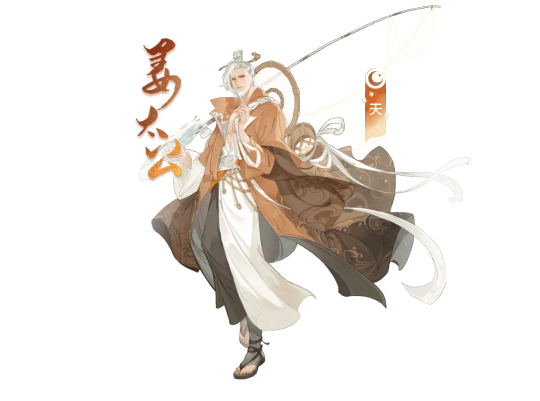
1128 BC - 1015 BC
Also known as Jiang Ziya / Taigong Wang / Lǚ Wang
General, strategist to King Wu of Zhou, helped establish the Zhou Dynasty
Song: Gui Diao Yin
Also appears in: Kuang Gu Hui Xiang
In-game rarity: 天
屈原 | Qu Yuan | Khuất Nguyên
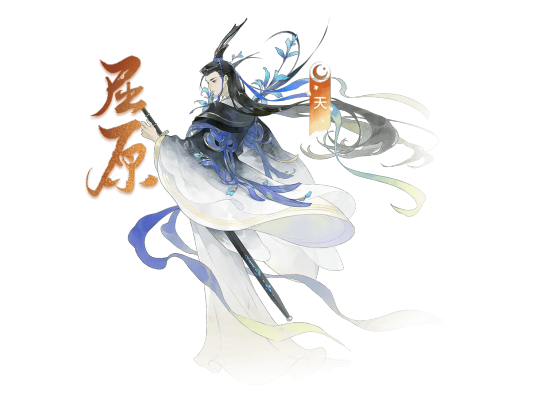
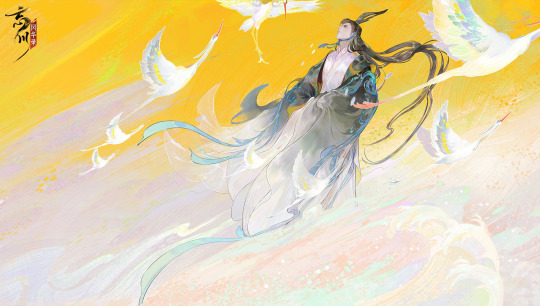
c. 340 BC – c. 278 BC
Poet, author of Li Sao, one of the first verse writers in ancient China
Theme song: N/A
Also appears in: Kuang Gu Hui Xiang
In-game rarity: 天
韩非 | Han Fei | Hàn Phi
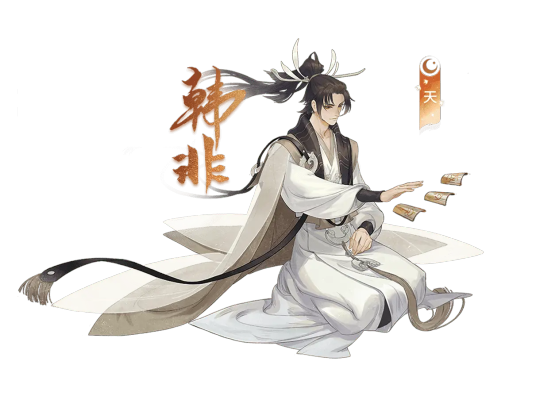
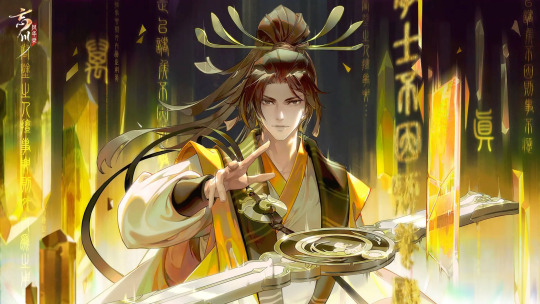
c. 280 BC – c. 233 BC
Philosopher of the Legalist school, author of Han Feizi
Song: Shi Fei
Also appears in: Kuang Gu Hui Xiang
In-game rarity: 天
西施 | Xi Shi | Tây Thi
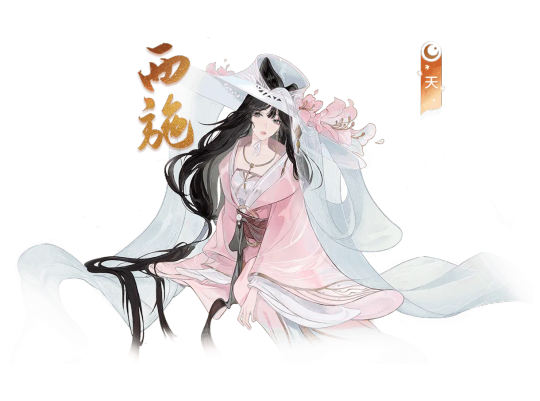
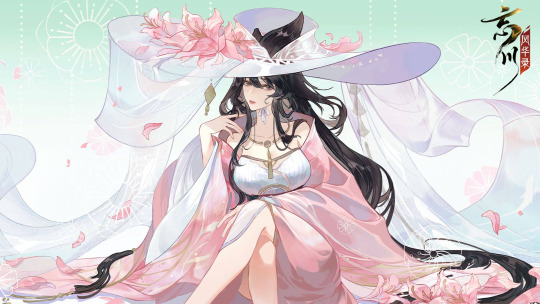
One of ancient China's Four Beauties
Given to Fuchai which allegedly led to the fall of the State of Wu
Song: Qing Guo
In-game rarity: 天
范蠡 | Fan Li | Phạm Lãi
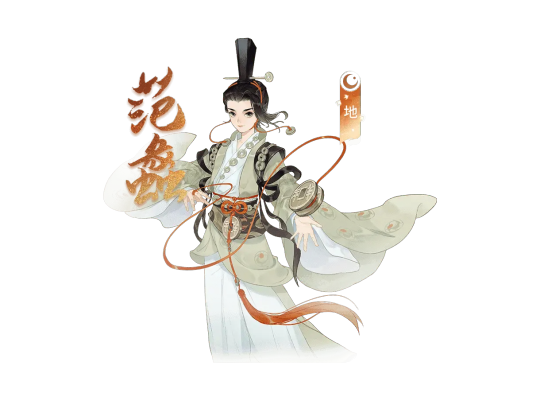
Strategist of Yue (Warring States)
(According to legends) discovered Xi Shi and later lived with her after the fall of Wu
Song: N/A
In-game rarity: 地
荆轲 | Jing Ke | Kinh Kha
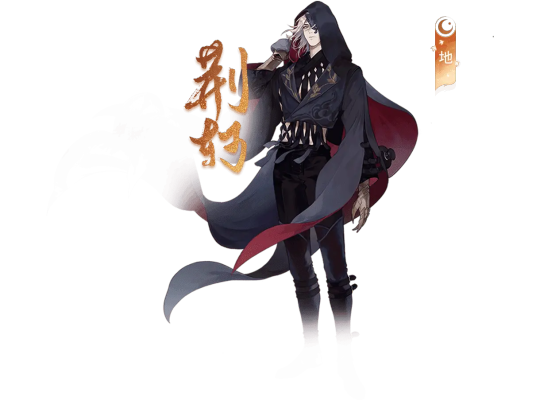
Died 227 BC
Retainer of Yan (Warring States)
Attempted to assassinate Qin Shi Huang
Song: Yi Shui Jue
Also appears in: Kuang Gu Hui Xiang
In-game rarity: 地
高渐离 | Gao Jianli | Cao Tiệm Ly
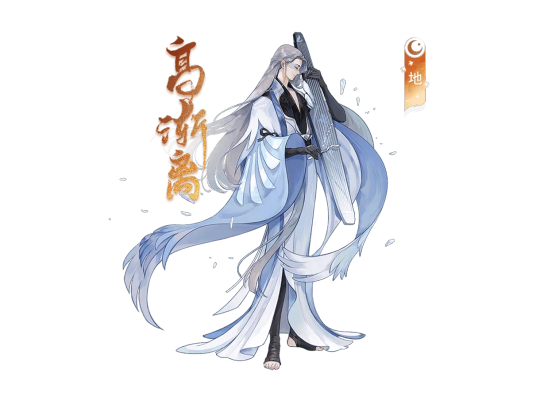
Musician of Yan (Warring States), friend of Jing Ke
Also attempted to assassinate Qin Shi Huang
Song: Yi Shui Jue
Also appears in: Kuang Gu Hui Xiang
In-game rarity: 地
干将 | Gan Jiang | Can Tương
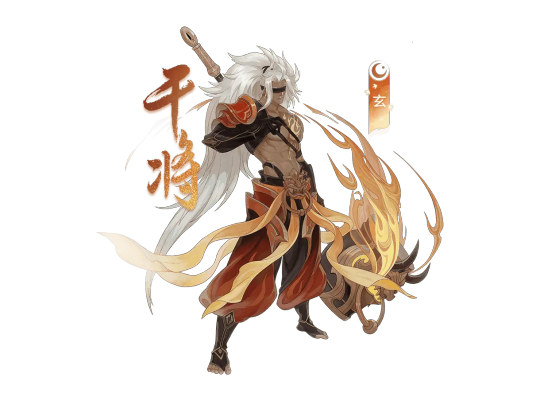
Part of a swordsmith couple during the Spring and Autumn period
Forged a pair of swords that also bore their names
Song: Wei Jian
Also appears in: Kuang Gu Hui Xiang
In-game rarity: 地
夫差 | Fuchai | Phù Sai
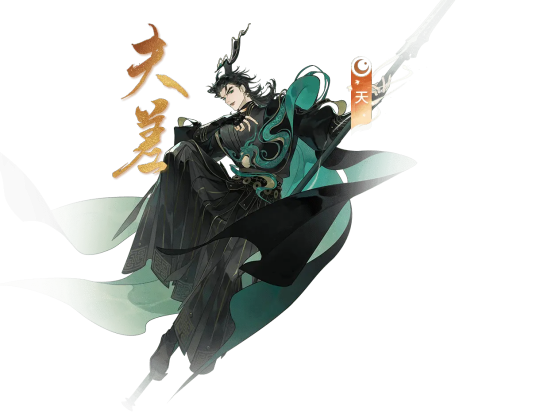
Reigned 495 BC – 473 BC
Last king of Wu (Spring and Autumn period)
Responsible for capturing and releasing Goujian, leading to the fall of his state
Song: Wen Jian Chun Qiu
Also appears in: Kuang Gu Hui Xiang
In-game rarity: 天
勾践 | Goujian | Câu Tiễn
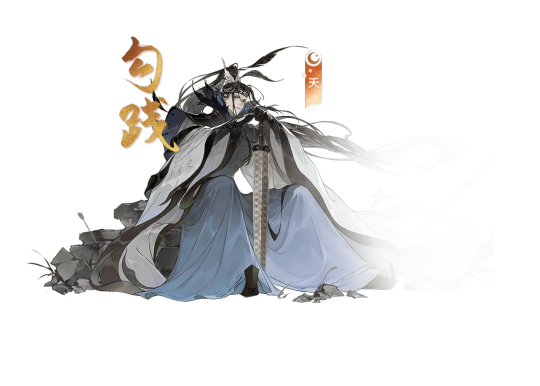
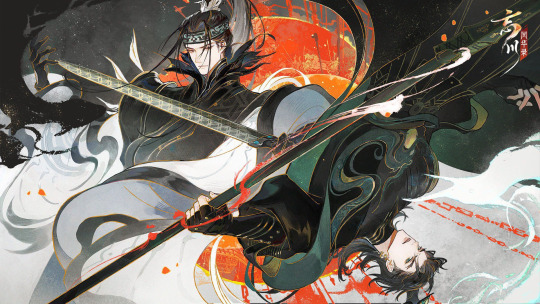
Reigned 496 BC – 465 BC
King of Wu (Spring and Autumn period)
Exacted revenge on and defeated Wu
Song: Wen Jian Chun Qiu
Also appears in: Kuang Gu Hui Xiang
In-game rarity: 天
伍子胥 | Wu Zixu | Ngũ Tử Tư
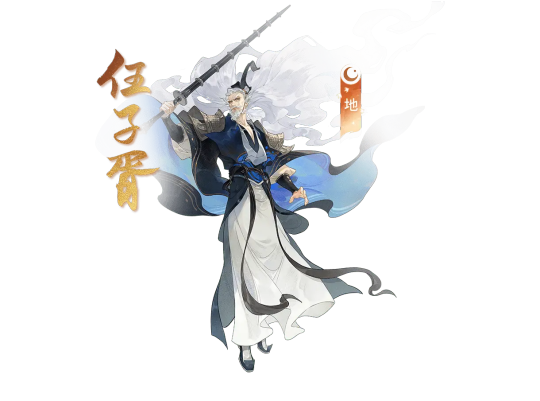
Died 484 BC
General and politician of Wu (Spring and Autumn period)
First served King Helü of Wu, was not entrusted by King Fuchai
Song: N/A
Also appears in: Wen Jian Chun Qiu
In-game rarity: 地
白起 | Bai Qi | Bạch Khởi
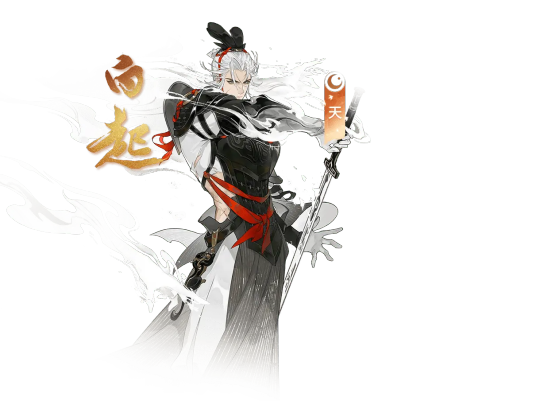
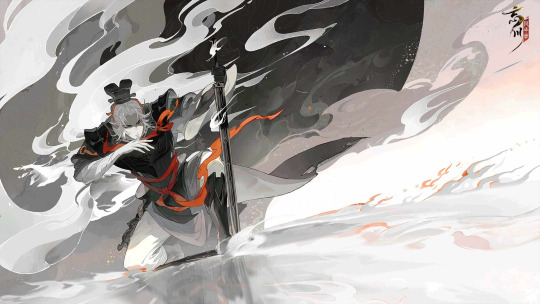

c. 332 BC –c. 257 BC
Military general of Qin (Warring States), whose victory paved way for the establishment of the Qin Dynasty
Extremely high kill count
Song: Qi Zhan Ling
Also appears in: Kuang Gu Hui Xiang
In-game rarity: 天
墨翟 | Mo Di | Mặc Địch
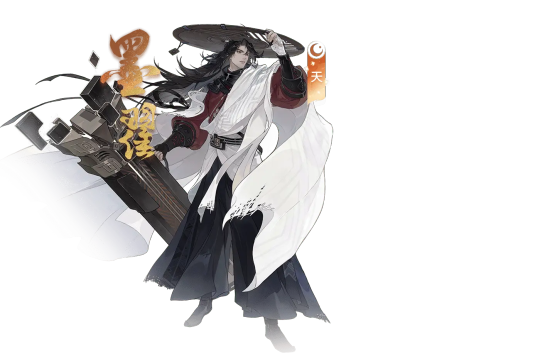
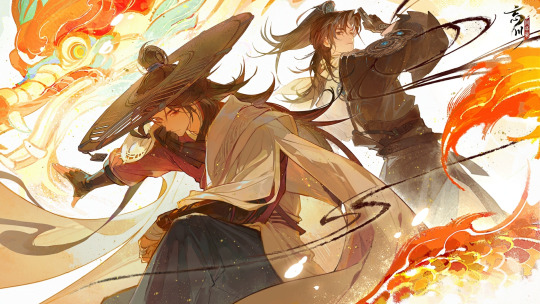
c. 470 BCE – c. 391 BCE
Also known as Mozi
Philosopher, founder of Mohism
Talented in carpentry
Song: Mo Yin Xia Sheng
In-game rarity: 天
公输班 | Gongshu Ban | Công Du Ban
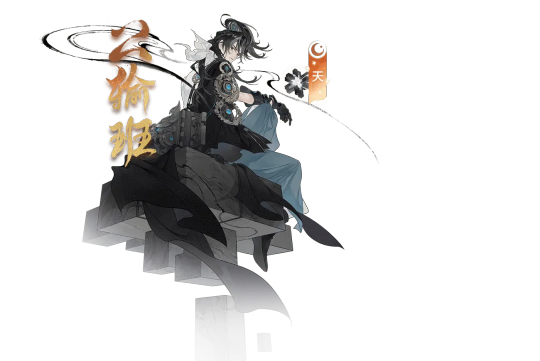
c. 507 BCE – 444 BCE
Also known as Lu Ban
Carpenter, engineer, inventor of several things including the saw
Song: N/A
Also appears in: Mo Yin Xia Sheng
In-game rarity: 天
庄周 | Zhuang Zhou | Trang Chu
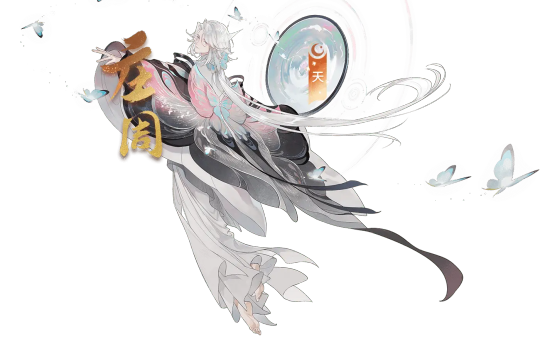
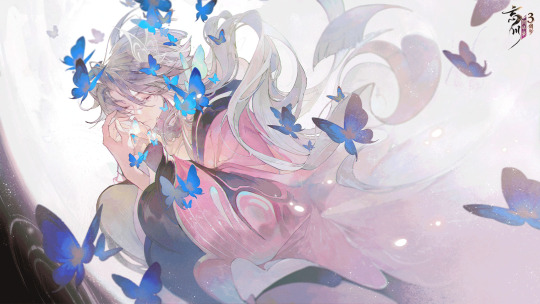
c. 369 BCE - c. 286 BCE
Also known as Zhuangzi / Chuang Tzu
Philosopher, author of Zhuangzi, established the foundation of Taoism
Song: N/A
In-game rarity: 天
4 notes
·
View notes